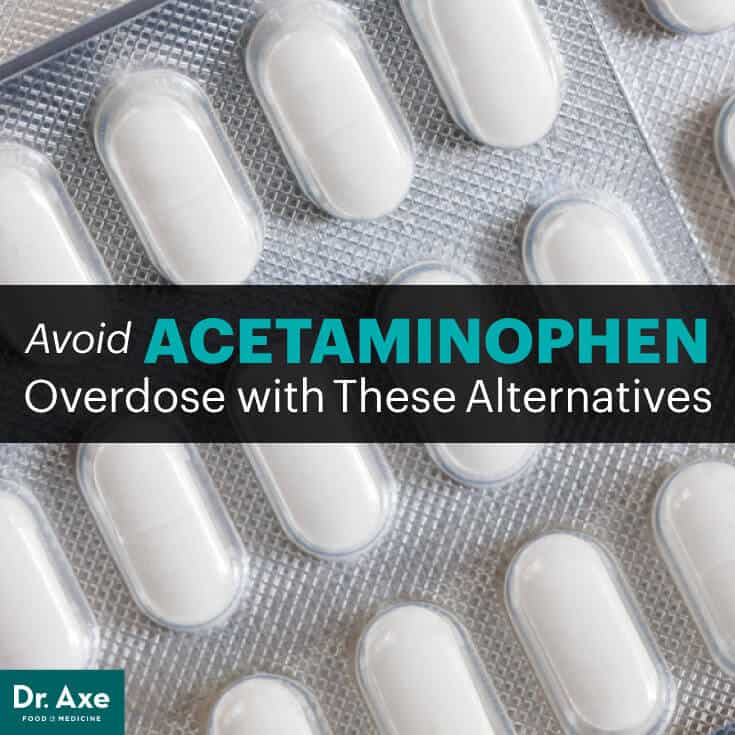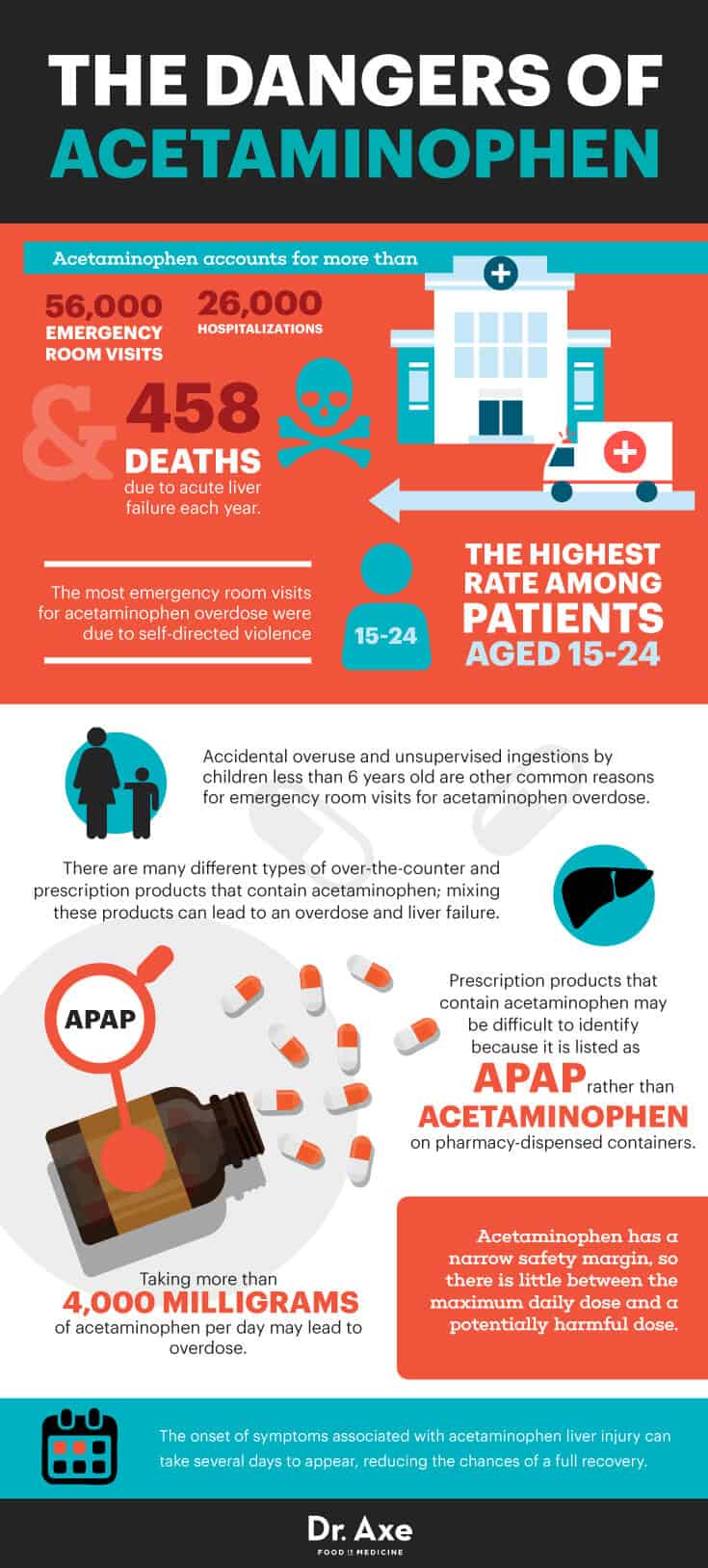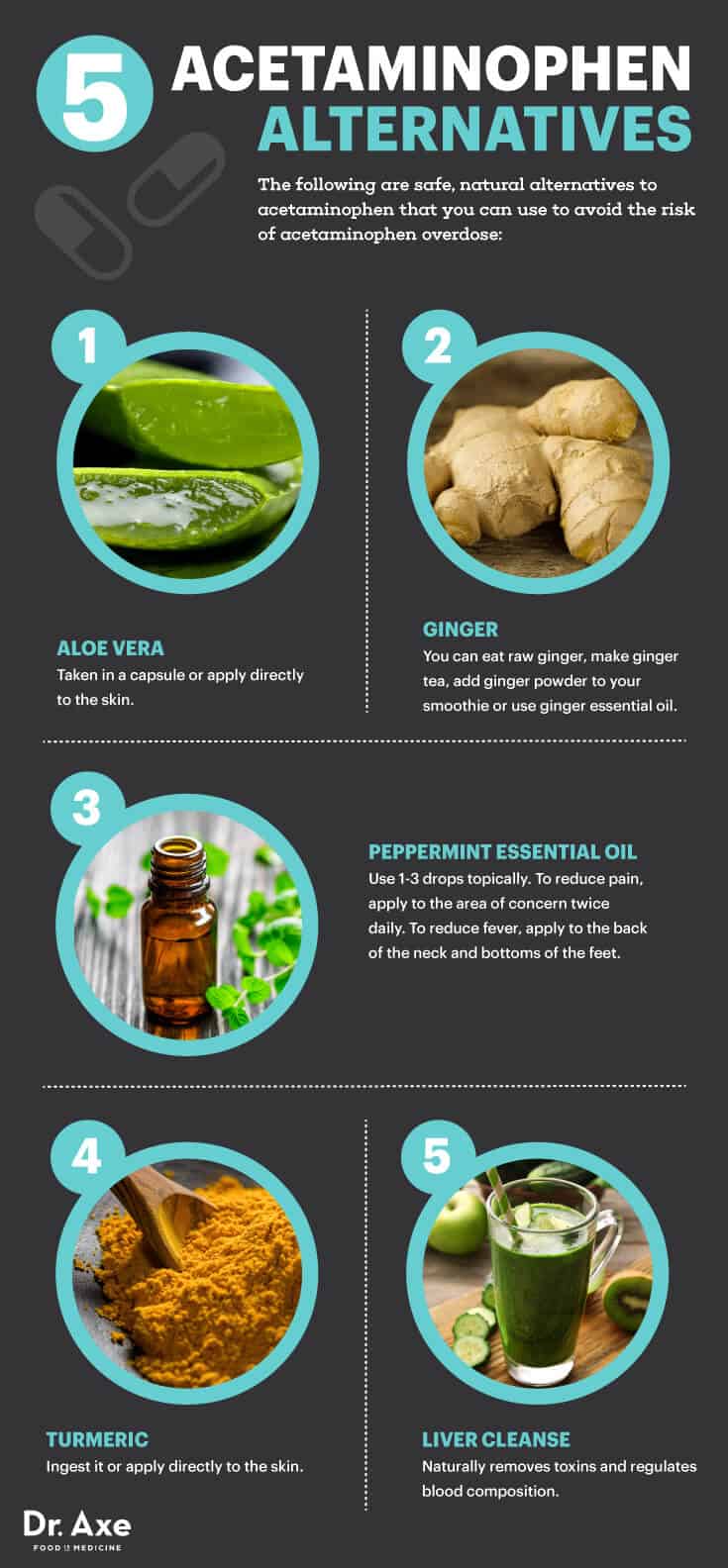This Dr. Axe content is medically reviewed or fact checked to ensure factually accurate information.
With strict editorial sourcing guidelines, we only link to academic research institutions, reputable media sites and, when research is available, medically peer-reviewed studies. Note that the numbers in parentheses (1, 2, etc.) are clickable links to these studies.
The information in our articles is NOT intended to replace a one-on-one relationship with a qualified health care professional and is not intended as medical advice.
This article is based on scientific evidence, written by experts and fact checked by our trained editorial staff. Note that the numbers in parentheses (1, 2, etc.) are clickable links to medically peer-reviewed studies.
Our team includes licensed nutritionists and dietitians, certified health education specialists, as well as certified strength and conditioning specialists, personal trainers and corrective exercise specialists. Our team aims to be not only thorough with its research, but also objective and unbiased.
The information in our articles is NOT intended to replace a one-on-one relationship with a qualified health care professional and is not intended as medical advice.
How to Avoid Acetaminophen Overdose — Plus 5 Natural Alternatives
January 9, 2016

Did you know that acetaminophen overdose is one of the most common poisonings worldwide? It accounts for more than 56,000 emergency room visits, 26,000 hospitalizations and an estimated 458 deaths due to acute liver failure each year. (1)
Acetaminophen produces more than $1 billion in annual sales for Tylenol alone. It’s heavily marketed for its safety, and because it’s often found over-the-counter, people assume it’s safe — but when taken in large doses, acetaminophen can be deadly.
Because the signs and symptoms of acetaminophen overdose mimic common illnesses, a diagnosis may go undetected for several hours. Early detection and treatment are imperative in order to avoid hepatotoxicity, or chemical liver damage. (2)
Just like the side effects of taking too much aspirin or ibuprofen overdose, acetaminophen can lead to liver failure, coma and even death when it’s used in excess. Follow these easy guidelines regarding acetaminophen dosage and safety precautions.
What Is Acetaminophen?
Acetaminophen is a pain medication found in a variety of over-the-counter and prescription pain relievers. Outside of the U.S., acetaminophen is known as paracetamol, and in the U.S., the most common brand is Tylenol, although it’s present in other medications as well. Acetaminophen is used for relieving pain and fever, and when used correctly it’s deemed safe. (3)
Acetaminophen is a analgesic because it reduces pain and antipyretic because it reduces fever. Although the exact mechanism is unknown, acetaminophen may work by reducing the production of prostaglandins (chemicals that cause inflammation and swelling) in the brain. Acetaminophen is also used to relieve pain associated with arthritis, but it does not solve the root of the problem — inflammation and swelling of the joints.
Some common over-the-counter brands that contain acetaminophen include:
- Tylenol
- Headache & Pain Relief
- Sinus Pain Relief
- Children & Infants
- Arthritis Pain
- Extra Strength
- PM
- DayQuil
- NyQuil
- Excedrin
- Midol
- Robitussin
- Theraflu
- Vicks
- Benadryl
- Sudafed
There are also combination medications on the market, including hydrocodone acetaminophen, which contains a narcotic pain reliever and works in the brain to change the how the body feels and responds to pain. Oxycodone acetaminophen is also available; this medication is an opioid that increases the effects of oxycodone and relieves pain.
Acetaminophen codeine is a narcotic and analgesic combination that works in the brain and nervous system to decrease pain. These combination medications should not be mixed with over-the-counter drugs that contain acetaminophen.
Generally, acetaminophen has no side effects when it’s taken in recommended doses. A serious allergic reaction is rare, but signs include itching; swelling of the face, tongue and throat; rash; severe dizziness; and trouble breathing.
How to Avoid an Acetaminophen Overdose
Do not take more than 4,000 milligrams of acetaminophen a day. Because many medications contain acetaminophen, you may take more than you realize if you use more than one type of medicine at a time. Some people take too much accidentally because the pain or fever doesn’t dissipate as expected.
It’s important that you keep track of how many milligrams you consume in a 24-hour period. You may also have an “extended-release” form of medication, which means that the medicine stays in your body for a longer period of time. These types of products are supposed to be taken less often, so be sure to read the label carefully.
Do not take acetaminophen for more than 10 days in a row unless directed by your health care provider to do so. If you missed a dose, wait until your next dose, and don’t take extra medicine to make up for it. (4)
Do not combine acetaminophen with alcohol or drugs, as it increases the chances of liver damage.
Make sure to read the label carefully before you begin using any acetaminophen product. Common dosage forms and strengths include:
- Chewable tablets: 80 milligrams
- Junior tablets: 160 milligrams
- Regular strength: 335 milligrams
- Extra strength: 500 milligrams
- Liquid: 160 milligrams per teaspoon
- Drops: 100 milligrams per millilter
There are also suppository treatments that are inserted directly into the rectum, vagina or urethra where it dissolves and is absorbed into the bloodstream. These doses vary, ranging from 120 milligrams to 650 milligrams.
If you give acetaminophen to a child, be sure to use a product that’s meant for children and has a lower dose. Use the child’s weight to find the right dose on the package of the product, and make sure to keep medicines away and out of sight.
According to the Tylenol Children & Infants safety guidelines, 86 percent of emergency room visits for medicine poisoning involve a child who got into a medicine belonging to an adult. And in 43 percent of cases, the medicine a child got into belonged to a relative, such as an aunt, uncle or grandparent, so be cautious of visitors and store medicine in a safe place. (5)
In 2014, the FDA took action to protect consumers from the risk of severe liver damage and liver disease as a result of taking too much acetaminophen. All manufacturers or prescription combination drug products with more than 325 milligrams of acetaminophen per tablet, capsule or other dosage unit had to discontinue marketing these products. The FDA stated in the report that many consumers are unaware that multiple drug products they take, both prescription and over-the-counter, may contain acetaminophen, making it easy to accidentally take too much. (6)

Acetaminophen Overdose Symptoms
The most common symptoms of acetaminophen overdose include:
- Upset stomach
- Vomiting
- Diarrhea
- Nausea
- Abdominal pain
- Appetite loss
- Sweating
- Yellowing eyes/skin
- Extreme tiredness
- Dark urine
- Convulsions
- Irritability
- Jaundice
- Coma
Most patients who seek treatment within eight hours of overdose recover fully with no serious damage, but without treatment, an acetaminophen overdose can lead to liver failure or even death. In fact, data from the U.S Acute Liver Failure Study Group registry of more than 700 patients with acute liver failure across the U.S. implicates that acetaminophen poisoning is responsible for nearly 50 percent of these cases. (7)
Hepatotoxicity, or liver damage, may be the result of acetaminophen overdose, which is believed to result from the accumulation of a toxic metabolite called N-acetylinidoquinone. The issue is that symptoms may take 12 or more hours to occur after an acetaminophen overdose, increasing one’s chances of liver damage and death.
According to an assessment published in Clinical Pharmacy, there are four states of acetaminophen toxicity, ranging from minor symptoms, such as gastrointestinal irritation, to coma and death. Delaying treatment for more than eight to 10 hours after acetaminophen ingestion increases the risk of toxicity, and reports show that no benefit is observed when treatment begins more than 24 hours after ingestion. (8)
Here is how the New England Journal of Medicine breaks down the stages of acetaminophen overdose: (9)
- Preclinical Toxic Effects — There is a normal serum alanine aminotransferase concentration. Liver damage may develop in this stage, but a full recovery is likely.
- Hepatic Injury — There is an elevated alanine aminotransferase concentration; this is an enzyme in the liver that’s measured to detect damage or disease. At the hepatic injury stage, there is some form of trauma sustained to the liver. The prognosis at this state varies.
- Hepatic Failure — This is characterized as hepatic injury with hepatic encephalopathy, which means that the liver cannot remove toxins from the blood and they will eventually accumulate in the brain. The patients who are treated at this stage of overdose have a mortality rate of 20 percent to 40 percent.
- Recovery — Due to treatment, the patient is able to make a full recovery.
Acetaminophen Overdose Treatment
If you notice signs of an overdose, call your local poison control center or 911 immediately. The sooner you’re treated, the better. An EMT or health care provider will want to know the person’s age, weight and condition. He or she will also ask about the name of the product that was taken, the time it was taken and the amount that was taken.
The patient’s vital signs will be checked immediately upon arrival, including temperature, pulse, breathing rate and blood pressure. Blood tests may also be conducted to find out how much acetaminophen is present. Activated charcoal is commonly given to make the patient vomit — this helps clean out the stomach and get rid of the acetaminophen.
A gastric lavage may also be needed; this is when the stomach is pumped. Some other common procedures performed after an overdose include breathing support, chest X-rays, an EKG to measure the heart rate, an IV to supply fluids, a laxative to initiate the removal of acetaminophen and medicine to treat the overdose symptoms.
A common form of treatment for acetaminophen overdose is acetylcysteine, a medication that is taken by mouth to prevent liver damage. A study published in 1990 involved 98 patients who were treated with acetylcysteine. Researchers found that treatment was associated with a 21 percent reduction in mortality when compared with standard therapy after an acetaminophen overdose. Another study conducted in 1991 involved 50 patients and suggests that acetylcysteine treatment led to a 28 percent reduction in mortality. A 2006 review concluded that acetylcysteine should be given to patients who overdose, especially if they are in the hepatic injury stage. (10, 11)
The most common side effects of acetylcysteine use are nausea and vomiting. More serious but less likely side effects include abdominal pain, black stools and vomit that looks like coffee grounds. Contact your health care provider if you notice any of these issues.
Safe, Natural Alternatives to Acetaminophen
1. Peppermint Essential Oil
Peppermint oil provides muscle pain relief, and it works as a natural energizer and fever reducer. Use 1–3 drops topically. To reduce pain, apply peppermint oil to the area of concern twice daily. To reduce fever, apply the oil to the back of the neck and bottoms of the feet.
2. Aloe Vera
Aloe vera reduces inflammation that can lead to pain, heals wounds and burns, and boosts the immune system. It can be taken in a capsule or applied directly to the skin.
3. Ginger
The gingerol present in ginger is a highly potent antioxidant and anti-inflammatory agent. It eases digestion, prevents bacterial and fungal infections, and reduces pain. You can eat raw ginger, make ginger tea, add ginger powder to your smoothie or use ginger essential oil.
4. Turmeric
Turmeric has powerful healing properties when ingested or applied directly to the skin. It reduces inflammation and fights pain naturally. It can be used as a natural treatment for arthritis and it even supports brain health and memory.
5. Liver Cleanse
A natural liver cleanse removes toxins from the body, which can be important after ingesting acetaminophen. A liver cleanse destroys old red blood cells, breaks down and metabolizes medications and alcohol, removes toxins from the blood, and regulates blood composition.

Acetaminophen Overdose Takeaways
- Acetaminophen is present in several over-the-counter and prescription medications.
- Taking more than 4,000 milligrams of acetaminophen (for adults) can lead to liver failure, coma or even death.
- Do not take acetaminophen for more than a 10-day period without consulting your health care provider.
- Treating an acetaminophen overdose within eight hours increases the chances of a full recovery.
- Be sure to read medicine packages carefully and keep track of your daily intake.
- Keep medicine hidden from children and use the product label to determine the appropriate dose by weight.
